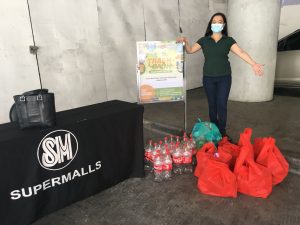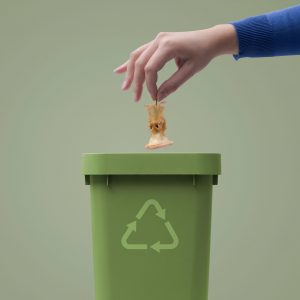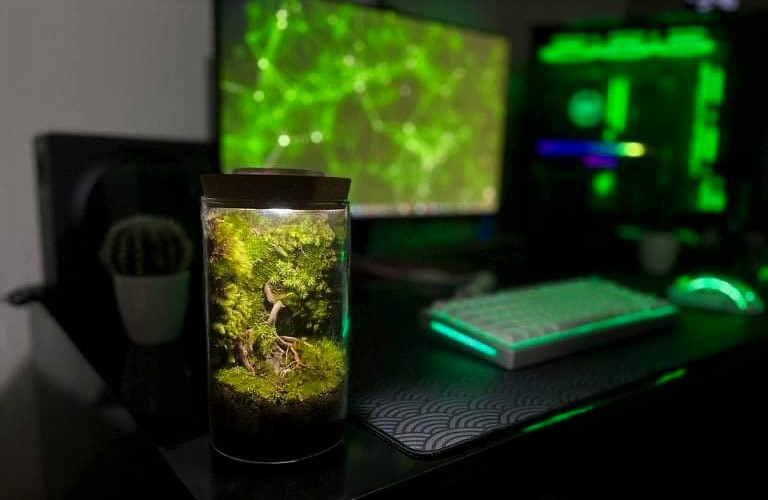

Since moving to the heart of the metro, my inner promdi has been aching for the native garden flowers in our lanai and the surrounding lush greenery in my hometown. I’ve tried to recreate it for quite some time but I didn’t realize that keeping indoor gardens can be so taxing that it made me doubt if it’s really for me
For one, the tiny condo space in Manila limit my choice of plants and cramp the design layout. Another reason? Funds are tight. I can’t imagine myself splurging hundreds of thousands as if competing for the Chelsea Flower Show, but I also don’t want to be miserable and plant-less either
Nature on your desk
It’s true that the pandemic increased engagement in home gardening as a way of connecting to the world. With rare opportunities to visit our forest parks and mountain trails, I wanted to experience nature right where I live. Houseplants like cacti and succulents will always be special, but terrariums gave “small gardening” a whole new meaning for me.
I interviewed my college friend, Jay Aromin. He introduced me to this idea of a microcosm forest environment that looks like a mini-greenhouse. “It started from my aquascaping hobby. In designing fish tanks, I try to mimic natural aquatic habitats,” he shares. While he never thought he could have nature in his desk, terrariums have a fully functioning ecosystem in a tiny container. Plus, it was an enjoyable activity that taught him the concepts of sustainability.
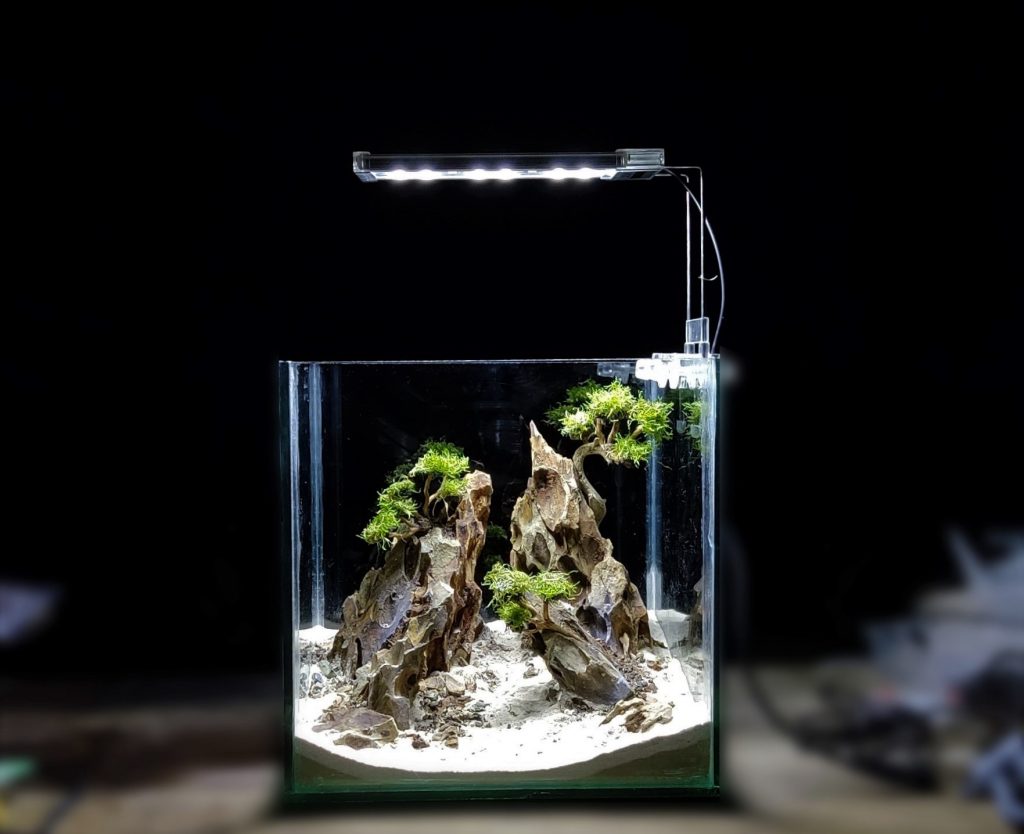

Lessons in sustainability
“It is self-sustainable and requires low maintenance. All you need is to select the right components, set it up, and let science do most of the work,” says Jay. An engineer and graphic artist by profession, he marries technical design and aesthetics in creating highly efficient terrariums.
Because terrariums are kept enclosed, the water absorbed by the plants from the soil are transpired through the leaves, then condensation forms and water droplets fall back to the soil. It also recycles air through photosynthesis. With sufficient light, this tiny ecosystem thrives for about two months before watering again.
“It is advisable that the temperature should match the plant’s natural environment as closely as possible,” Jay explained. As an eco-friendly practice, LED lighting can be used to provide the needed heat during colder weather. This is very cost efficient as the terrarium works as my lampshade as well!
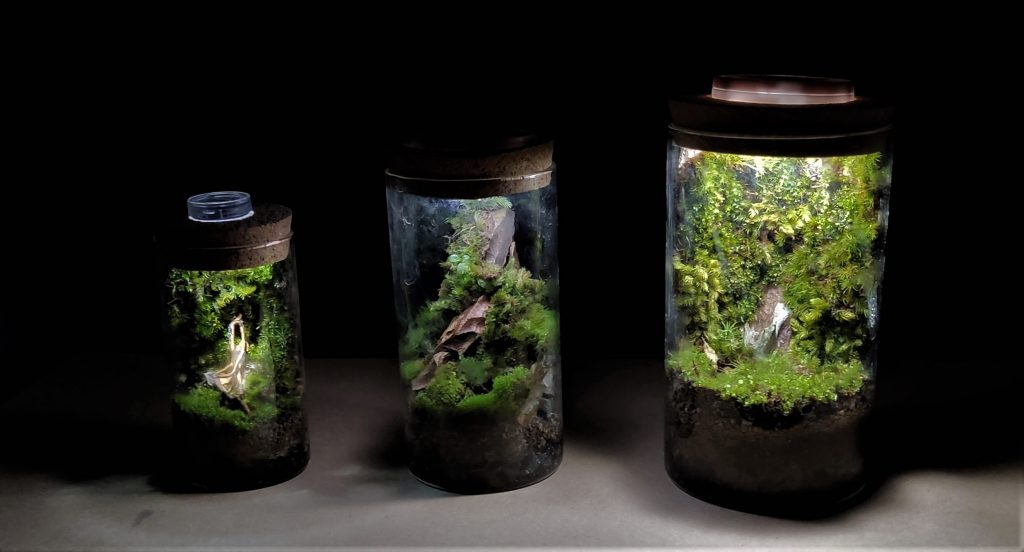

Where to begin?
Capturing the world’s biomes from temperate desert to tropical rainforest in a tiny jar seems daunting at first. It’s true that it’s different from filling a traditional flowerpot wherein it involves landscaping and creating a good rooting area. But with patience and dedication, you can create your first terrarium.
Each terrarium creation is unique and is a great way of celebrating sustainability! While it follows the concept of natural lifecycles, creating one does not have a specific formula. Terrariums teach us that nothing is really small in nature and that each role matter.


Start your own Terrarium:
- Closed container. There are specialized terrarium containers that are installed with light bulbs already. Some even look like miniature Victorian conservatories. It should be clear enough to allow light to pass though.
- Pebbles and small stones. Place them as a base drainage layer. The stones act as water reservoir and prevents overwatering in the soil which causes roots to rot.
- Charcoal. After the pebbles, add a layer of activated charcoal to keep water fresh, help fight off bacterial growth, and neutralize odor.
- Dried moss. This helps keep nutrients intact and prevents the top soil from mixing in.
- Soil. A damp, sterile soil serves as the potting mix. Make sure that the roots of the plant sit comfortably in it.
- Plants. Get creative and mix up plants of various colors and sizes. Attach clay from termite mounds and cover moss to balance moisture and humidity.
- Decoration. Dry wood and rocks make your terrarium unique and creates visual interest.
- Insects. If they don’t frighten you, springtails and isopods are nice additions to your terrarium. They keep it clean and make the soil nutrient-rich to avoid fungi and other pests.
Now all you have to do is enjoy your terrarium!
